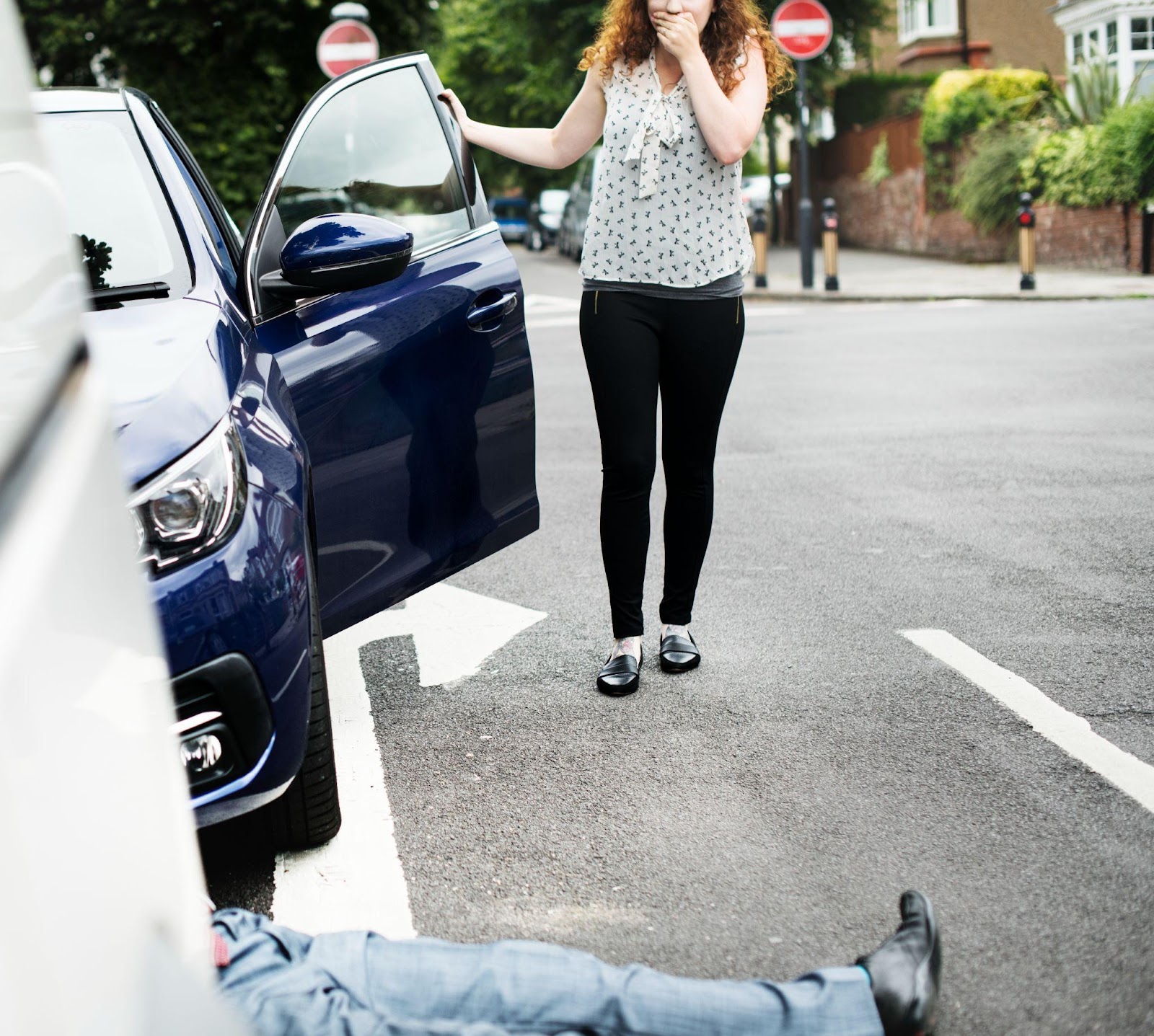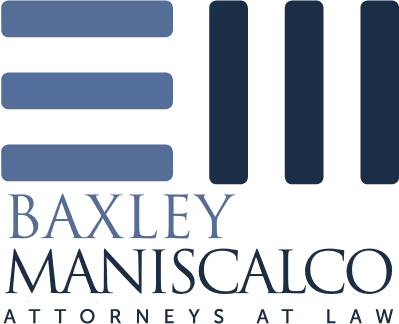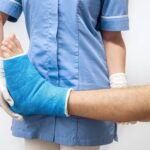
Imagine a beautiful Alabama morning—the sun rising over the horizon, the air filled with the promise of a new day.
A mother steps out for her daily walk, a child excitedly rushes to the school bus stop, an elderly gentleman takes his loyal dog for a stroll. In these ordinary moments, none of them imagine that their lives could change forever in the blink of an eye.
Yet, every 88 minutes in the United States, a pedestrian’s journey is tragically cut short by a traffic accident.
Understanding Pedestrian Accidents in Alabama
Pedestrian accidents occur when a person on foot is struck by a vehicle. These incidents can happen in various settings, including:
- Crosswalks and intersections;
- Parking lots;
- Sidewalks;
- Roadside areas; and
- School zones.
In Alabama, factors contributing to pedestrian accidents often include:
- Distracted driving;
- Speeding;
- Failure to yield right-of-way;
- Impaired driving;
- Poor visibility; and
- Lack of pedestrian infrastructure.
By recognizing these risk factors, both pedestrians and drivers can take proactive steps to enhance safety on Alabama’s roads.
Common Pedestrian Injuries
When flesh meets steel, the human body often bears the brunt of the impact.
The range of injuries sustained in pedestrian accidents can be as diverse as they are severe.
1. Head Injuries
Head injuries can dramatically alter a person’s life in an instant. These injuries include:
- Concussions;
- Traumatic Brain Injuries (TBI); and
- Skull fractures.
Head injuries can have long-lasting effects on cognitive function, memory, and overall quality of life.
2. Spinal Cord Injuries
A single moment can change a person’s mobility forever. Spinal cord injuries may result in:
- Partial or complete paralysis;
- Nerve damage; and
- Chronic pain.
Spinal cord injuries may result in temporary or permanent loss of sensation and mobility.
3. Bone Fractures
The impact of a vehicle can shatter bones, leading to complex recoveries.
Common fractures include:
- Leg and hip fractures;
- Arm and shoulder fractures; and
- Rib fractures.
Broken bones can lead to extended recovery periods and potential long-term complications.
4. Soft Tissue Injuries
Even when bones remain intact, the body’s soft tissues can suffer significant damage.
These soft tissue injuries include:
- Sprains and strains;
- Lacerations; and
- Contusions.
While often less severe, soft tissue injuries can still cause significant pain and impairment.
5. Internal Injuries
Hidden beneath the skin, internal injuries can be silent yet deadly.
These may include:
- Organ damage;
- Internal bleeding; and
- Punctured lungs.
These injuries may not be immediately apparent but can be life-threatening if left untreated.
Understanding the potential injuries can help victims and their families prepare for the road to recovery that lies ahead.

Treatment Options for Pedestrian Injuries
The path to healing after a pedestrian accident can be long and complex.
Emergency Care
In the crucial moments following an accident, emergency care can mean the difference between life and death.
This may include:
- Stabilization of vital signs;
- Control of bleeding;
- Immobilization of potential fractures; and
- Immediate surgery for life-threatening injuries.
Swift and effective emergency care sets the stage for the recovery process to come.
Surgical Interventions
For many victims, the operating room becomes a gateway to healing.
Common surgical interventions include:
- Orthopedic surgery for fractures;
- Neurosurgery for head and spinal cord injuries; and
- Reconstructive surgery for severe soft tissue damage.
These procedures aim to repair damage and lay the groundwork for rehabilitation.
Rehabilitation
The journey to recovery continues long after leaving the hospital. Rehabilitation may involve:
- Physical therapy to regain strength and mobility;
- Occupational therapy to relearn daily living skills;
- Speech therapy for those with head injuries affecting communication; and
- Psychological counseling to address trauma and adjustment.
Rehabilitation is often the longest phase of treatment, requiring patience and perseverance.
Pain Management
Managing pain is a crucial component of the healing process.
Strategies may include:
- Medication;
- Alternative therapies (e.g., acupuncture, massage); and
- Interventional procedures (e.g., nerve blocks).
Effective pain management can significantly improve a patient’s quality of life during recovery.
Long-Term Care
For some, the effects of a pedestrian accident may require ongoing support.
Long-term care options include:
- Assisted living facilities;
- Home health care; and
- Adaptive equipment and home modifications.
Long-term care ensures that those with lasting injuries can maintain the highest possible quality of life.
Steps to Take After a Pedestrian Accident
If you’ve been involved in a pedestrian accident in Alabama, taking the following steps can protect your health and legal rights:
- Seek immediate medical attention, even if injuries seem minor;
- Report the accident to law enforcement;
- Gather information from the driver and any witnesses;
- Document the scene with photos and notes, if possible;
- Keep all medical records and receipts;
- Contact your insurance company; and
- Consult with a personal injury attorney experienced in pedestrian accidents.
By following these steps, you create a solid foundation for your physical recovery and any potential legal action.

Prevention of Pedestrian Accidents
For Pedestrians:
- Use designated crosswalks and obey traffic signals;
- Wear bright or reflective clothing, especially at night;
- Avoid distractions like texting while walking; and
- Make eye contact with drivers before crossing.
For Drivers:
- Always be alert for pedestrians, especially in urban areas and school zones;
- Obey speed limits and traffic laws;
- Avoid distractions while driving; and
- Yield to pedestrians in crosswalks.
By adopting these preventive measures, we can all contribute to reducing the incidence of pedestrian accidents in Alabama.
Frequently Asked Questions About Pedestrian Accidents in Alabama
Navigating the aftermath of a pedestrian accident can be overwhelming.
Here, we address some of the most common questions we receive to help clarify your path forward.
What Should I Do if I’m Hit by a Car While Walking?
Seek immediate medical attention, call the police to report the accident, gather information from the driver and witnesses, and consider consulting a personal injury attorney.
How Long Do I Have to File a Claim After a Pedestrian Accident in Alabama?
In Alabama, the statute of limitations for personal injury claims, including pedestrian accidents, is generally two years from the date of the accident. However, it’s advisable to start the process as soon as possible.
Can I Still Receive Compensation if I Was Partially at Fault for the Accident?
Alabama follows a contributory negligence rule, which means if you’re found to be even slightly at fault, you may be barred from recovering damages. It’s crucial to consult with an attorney to understand your rights in this situation.
What Types of Compensation Can I Receive for a Pedestrian Accident Injury?
Potential compensation may include medical expenses, lost wages, pain and suffering, and in some cases, punitive damages. The specific amount depends on the details of your case.
How Can I Prove the Driver Was at Fault in a Pedestrian Accident?
Evidence such as police reports, witness statements, surveillance footage, and expert testimony can help establish fault.
An experienced attorney can assist in gathering and presenting this evidence.
These answers provide a starting point, but remember that each case is unique and may require personalized legal advice.
Fight Harder, Fight Smarter
You don’t have to navigate the complex aftermath of a pedestrian accident alone.
Our experienced team is here to guide you through every step of the process, from understanding your rights to fighting for the compensation you deserve.
Contact Baxley and Maniscalco today for a free and confidential consultation.
Can't find what you're looking for? Search our site below.










